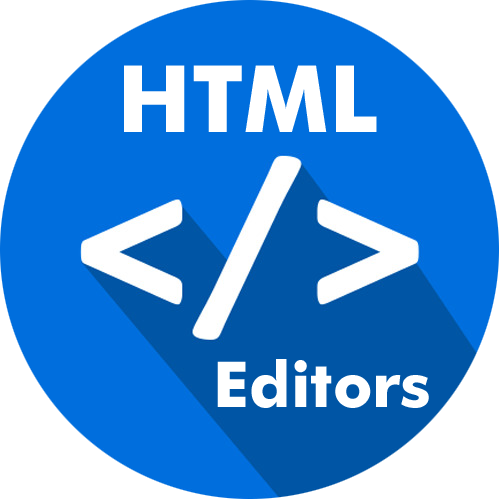How to use the HTML Editors?
It’s really intuitive to use the online HTML Web Editor. It only uses functionality that is available in WordPress, and in the TinyMCE editor. Includes a HTML viewer, editor, compressor, beautifier and easy formatter. It’s impossible to create invalid code with this tool.
Use the visual WYSIWYG editor just like any other word editor to adjust the content and see the HTML source code changing in the source editor. When you want to adjust the code just type the changes there and that will update the preview section on the right. The syntax highlighting helps to make the text more readable.
The visual editor works like a regular text composer, just use the commands above the text area to adjust the content and in the meantime you’ll notice the source editor changing with it. If you’re familiar with HTML code composing then you can adjust the code on the right.
Some of the features:
- Cleaning options – clicking the header activates/deactivates all options.
- Clear inline styles – removes the code from the tag attributes that looks like style=”….”
- Clear classes and IDs – every class and ID will be deleted
- Character encoding – decide whether you’d like to see £ or £ in the source editor.
- Clear comments – all text written in comment will be removed: <!– …. –>
- Clear span tags – span tags are used to style inline elements and with this option you can remove the span tags but not the content inside of them
- Clear successive s – it’s a common mistake to use successive spaces to set gaps in Microsoft Word. This erroneous formatting can be removed with this option.
- Clear empty tags – empty tags are usually automatically removed by the visual editor but you can set it from here as well.
- Clear tag attributes – leaves behind the HTML tag structure but removes every style, class and other attributes. We have separate options to control images and links and this is the reason why this doesn’t affect the src of images and the href of the links.
- Clear all tags – leaves behind a plain text, deleting every HTML tag but not the content inside of them.
- Clear images – every image tag will be removed but not the images set by background-image styles.
- Clear links – remove the anchor tags from the document.
- Clear tables – takes every text out of the tables.
- Organize tree-view – sets text indentation to make the source more readable.
- “Classic Paragraph” block that can be used instead of or together with the standard Paragraph block.
- An option to set the Classic Paragraph or Classic block as the default block in the block editor.
- Supports converting of most default blocks to classic paragraphs, and from classic paragraphs back to the default blocks.
- More options when inserting lists in the Classic blocks and the classic editor.
- Search and Replace in the Classic blocks and the classic editor.
- Ability to set Font Family and Font Sizes in the Classic blocks and the classic editor.
- And many others.
Note: Don’t forget to back up your code before making the changes. This might be useful if the program doesn’t work as expected.
